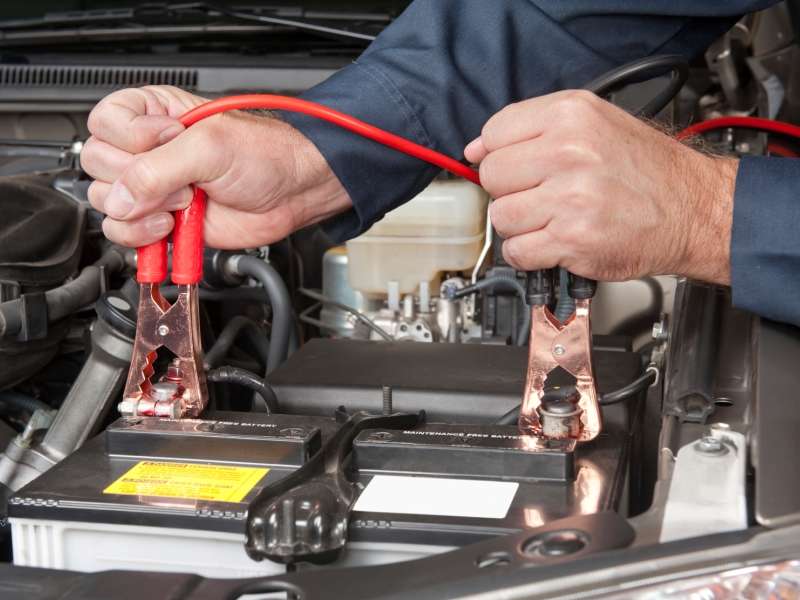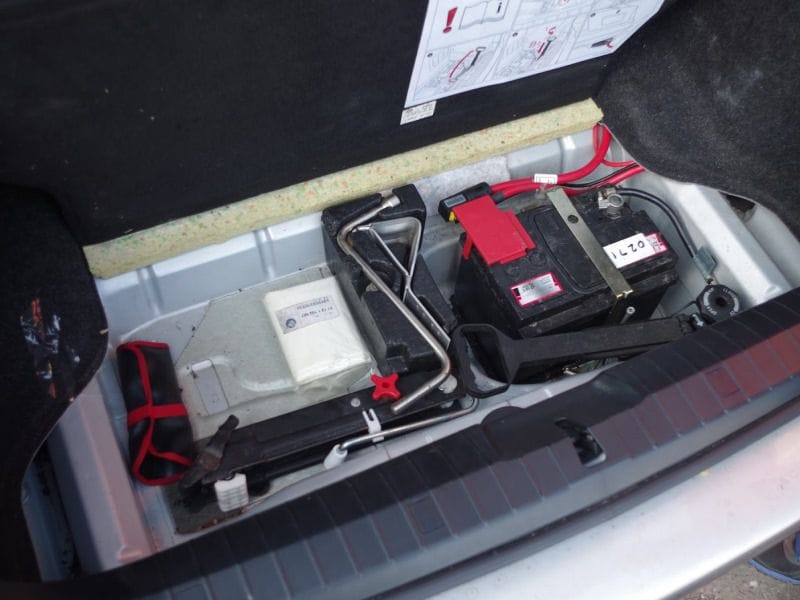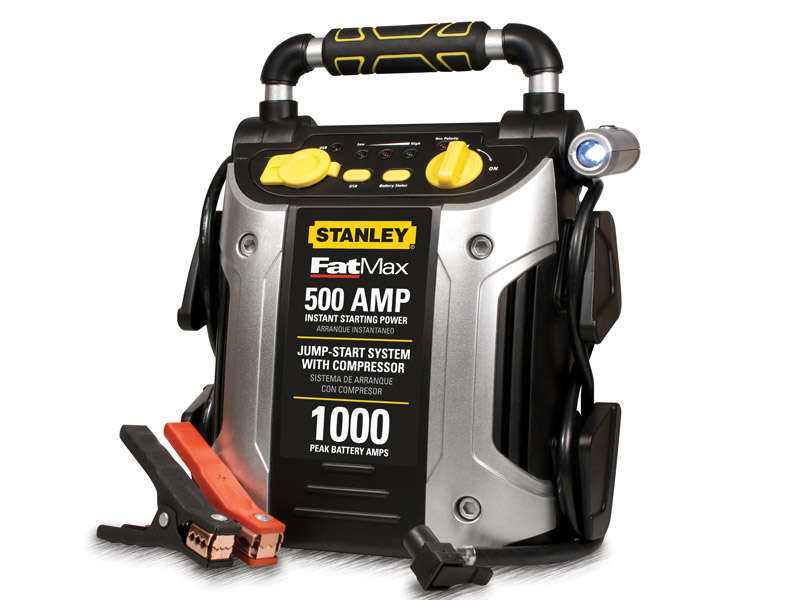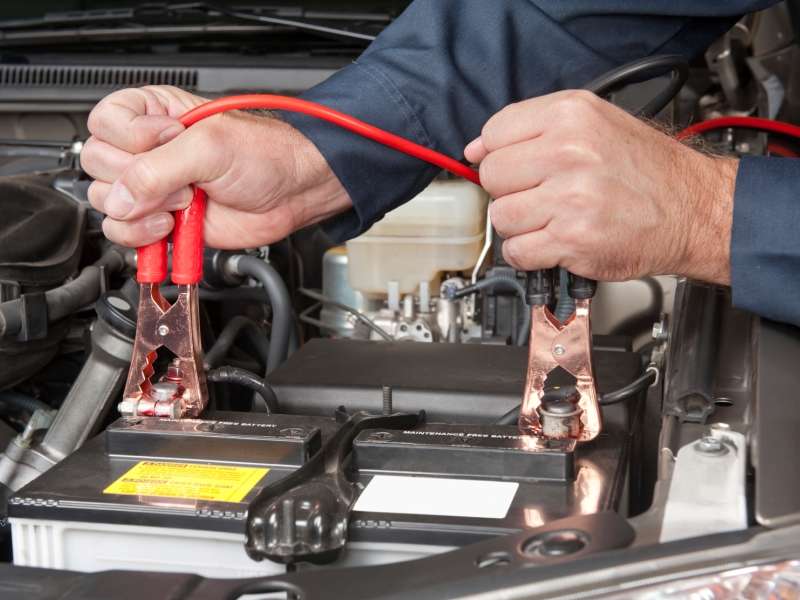Recent Articles
Popular Makes
Body Types
How to Jump Start a Car

If you try and start your car and the engine turns over slowly, nothing happens, or the starter makes a few clicks, knowing how to jump start a car might be all you need to get back on the road. Before proceeding, make sure that the car is in park or neutral with the emergency brake applied.
Locate the Battery
The first thing you'll need to do is find the battery. Most cars have the battery under the hood; however, some have the battery in a different position (like the trunk seen here). If you are unable to locate the battery, you can consult your owner's manual. The battery should have a positive post or terminal (usually in red and with a +) and a negative post or terminal (usually in black and with a –). If you can not distinguish between these two terminals, do not attempt a jump start as the car's electronic components can be damaged by improperly connecting the cables. If the battery is visibly damaged or leaking fluid, it will need to replaced and should not be jumped.

Booster Pack
The safest way to get your engine running is by using a booster pack designed specifically for jump starting a car. These booster packs should come with instructions from the manufacturer, but the general procedure is to attach the red clamp to the positive battery post, and the black clamp to an engine ground (any unpainted piece of metal attached to the engine should do) located away from the battery. When you attach the black clamp you may see a few sparks - this is normal, and is why it's best to attach the black cable to a ground away from the battery. Leave the booster pack attached for several minutes and then attempt to start the car. If the car does not start, you may have to resort to attaching the black clamp directly to the negative battery terminal. Once the car is running, first detach the black clamp, and then the red clamp.

Jumper Cables
If you need to jump start your car using another car and jumper cables, ensure that the two cars are not touching, but are parked close enough together (in park or neutral with the emergency brake) for the jumper cables to safely reach from one battery to the other. Ensure that the ends of the jumper cables do not contact each other or any conductive material, as this can cause a short circuit. First, connect one red clamp to the positive battery post on the car with the dead battery. Next, attach the other red clamp to the positive battery post on the car with the good battery and attach a black clamp to the negative battery post on the same battery.
Attach the other black clamp to an engine ground on the car with the dead battery. Wait a few minutes and attempt to start the car. If the car does not start, you may have to move the black clamp on the car with the dead battery from the ground to the negative battery terminal. Once the car is started, detach the cables in the opposite order that you attached them. First, detach the black clamp from the car that had the dead battery, then detach the black clamp from the car with the good battery. Detach the red clamp from the same battery, and lastly, disconnect the red clamp from the car that was jump-started. If you have to jump start your car battery regularly, there may be a problem with the charging system in your car, a fault in the electrical system could be draining the battery, or the battery may simply be in need of replacement.
